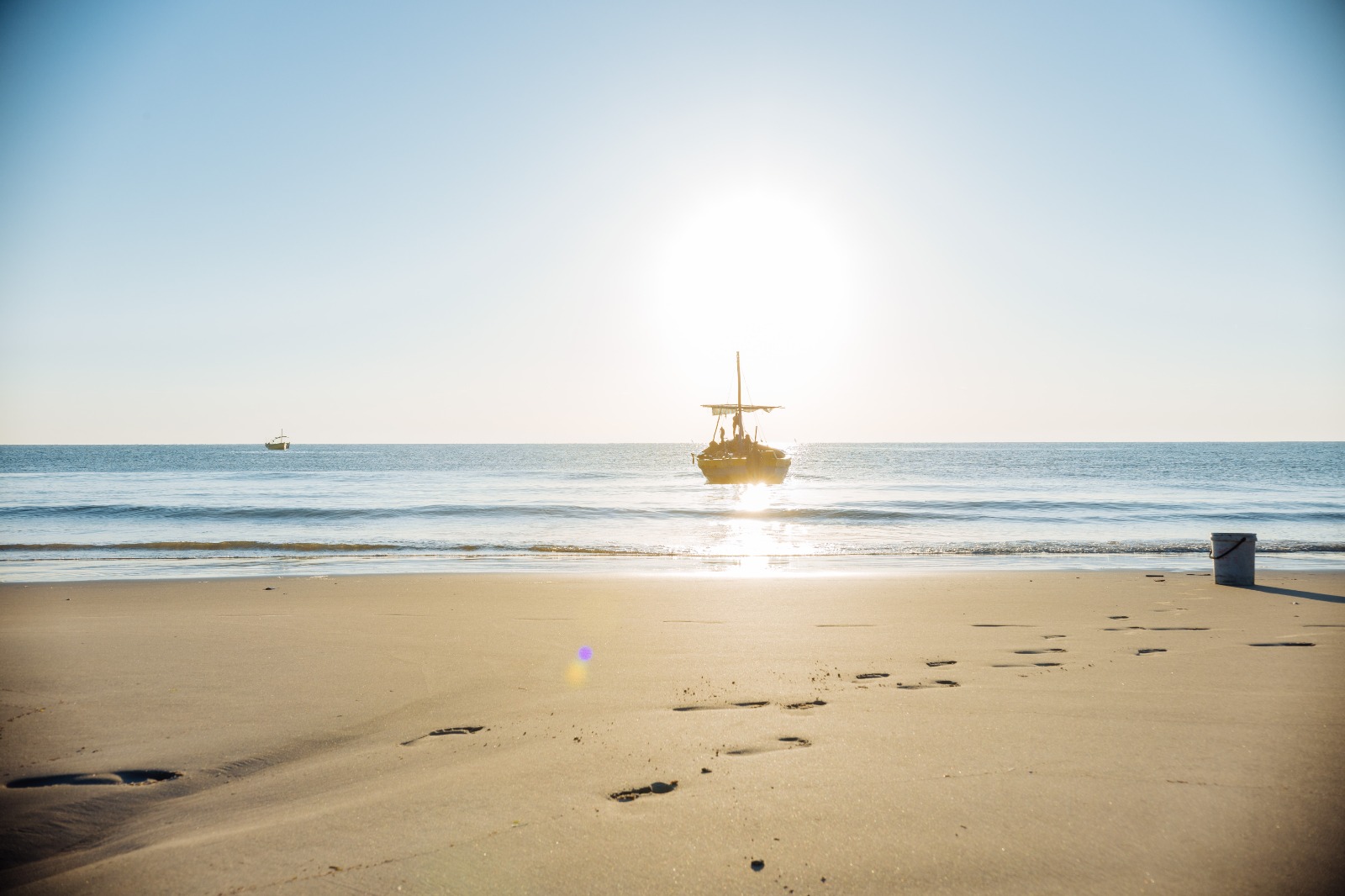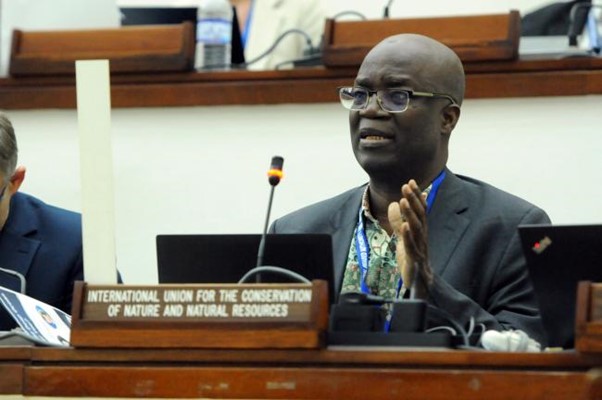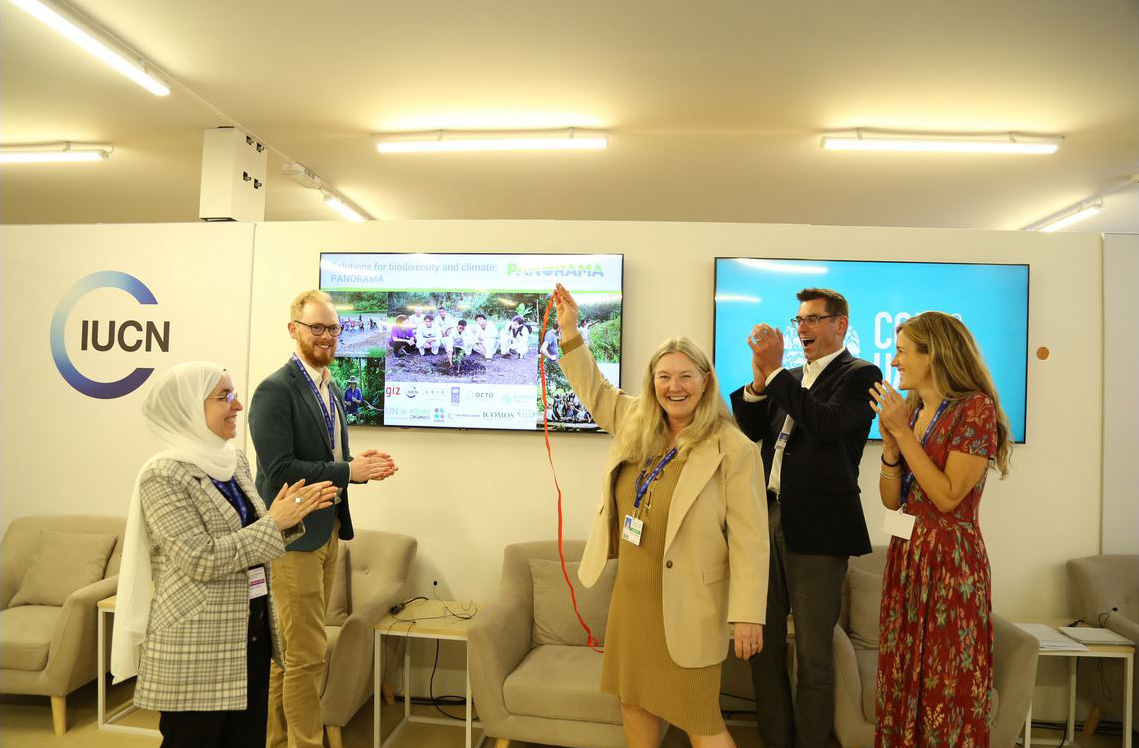Progressing gender equality in the fisheries sector
CEESP News: Dr. Sangeeta Mangubhai1 & Dr. Sarah Lawless2
Gender equality is critical for effective and equitable conservation and development outcomes in coastal countries. Commitments to gender equality have surged, yet the depth and effectiveness of these commitments are unclear. A joint research venture sought to understand and assess progress toward gender equality in the Pacific small-scale fisheries sector.
Gender equality is a core principle of good environmental governance and sustainable development. Progress toward gender equality in the fisheries sector is critical for effective and equitable conservation and development outcomes in coastal countries. Commitments to gender equality have surged at global, regional and national levels, yet there is a lack of convincing evidence suggesting conservationist and environmentalist agendas are achieving gender equality outcomes. A joint research venture by Dr, Sarah Lawless and Dr. Sangeeta Mangubhai sought to understand and assess progress toward gender equality using the case of small-scale fisheries in the Pacific Islands region.
Key-informant interviews were conducted with practitioners and managers engaged in small-scale fisheries (n = 74) and gender and development (n = 26) sectors across the Pacific Islands region to understand organizational values, approaches and barriers affecting the adoption and implementation of gender equality commitments. We combined these data with a systematic analysis of 76 influential gender and fisheries policy instruments used in the region to understand the rationales and priorities for such commitments. Here we summarize the findings from our four scientific publications.
Within fisheries policy, the concept of gender tended to only focus on women, rather than diverse social identities, norms and relations. Rationales for pursuing gender equality were predominately instrumental (i.e., as a means to achieve ecological goals and/or shallow project performance targets), rather than intrinsic (i.e., because of an inherent value in fairness). Our findings illustrate gender equality commitments and investments to be largely rhetorical, narrow and outdated.
We examined the gender approaches applied in fisheries practice, including potential barriers to their implementation. Although fisheries organizations approached gender inclusion in diverse ways, when critically evaluated according to gender best practice we found 76.2% of approaches were designed to ‘reach’ women, and very few ‘benefited’, ‘empowered’, or ‘transformed’ women’s lives.
To understand the narratives underpinning these narrow gender approaches, we developed a novel ‘Tinker-Tailor-Transform’ gender assessment typology to understand the desired intentions and impacts of fisheries organizations (Figure 1). We found that fisheries organizations tended to ‘Tinker’ with gender equality (i.e., include more women in spaces dominated by men such as fisheries meetings or projects), rather than actively address or transform differences between women and men.
Figure 1. Our proposition based on (1) three social-ecological narratives about the relationship between humans and the environment, (2) their intersection with organizational priorities, intentions and impacts for gender equality, (3) their alignment with instrumental (i.e., non-gender) and intrinsic (i.e., socially just and fair) goals, and (4) the type of impacts they are likely to achieve (Tinker-Tailor-Transform) (Lawless et al. 2022)
We find the ‘low benchmark’ for acceptable gender policy and practice was, in part, due to fisheries practitioners having little to no access to qualified gender focal points and training, and limited networks with gender experts. Our final study explored opportunities for the fisheries sector to build on decades of knowledge, learning and experience from the development sector. We suggest four strategic partnership areas: (1) shifting values, (2) gender mainstreaming (Figure 2), (3) adopting gender best practice, and (4) investing in gender networks and coalitions. We argue that fundamental to the success of such a partnership is the ability and willingness of fisheries and development practitioners and their organisations to break down silos and work collaboratively towards gender equality in the fisheries sector.
Figure 2. Opportunities identified by development practitioners to mainstream gender into the fisheries sector. Purple = institutional culture and practice, Green = practice for implementation of projects and programmes (Mangubhai et al. 2022)
Both Sarah and Sangeeta are invested in the meaningful translation of gender equality commitments within the fisheries sector, and serve as expert consultants to a range of organizations. If you are interested in discussing this work in more detail please feel free to contact Sarah or Sangeeta.
1Talanoa Consulting and CEESP member
2Adjunct Research Fellow, ARC Centre of Excellence for Coral Reef Studies, James Cook University



